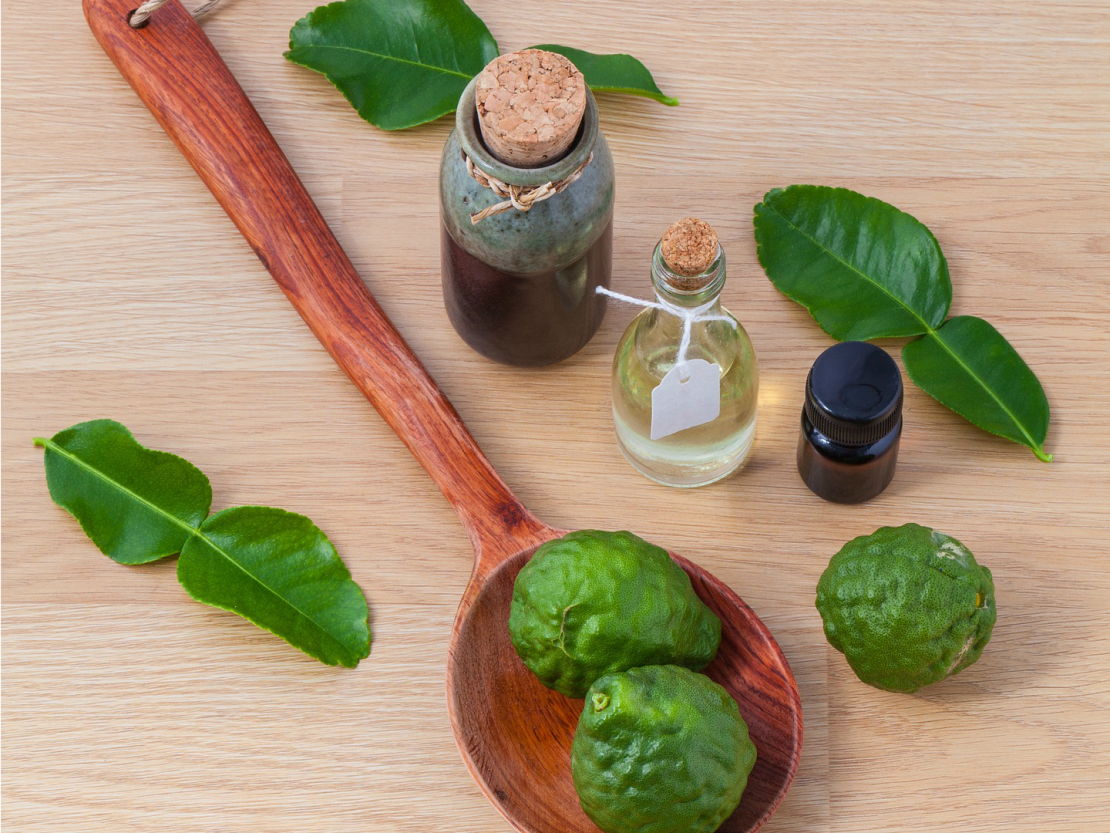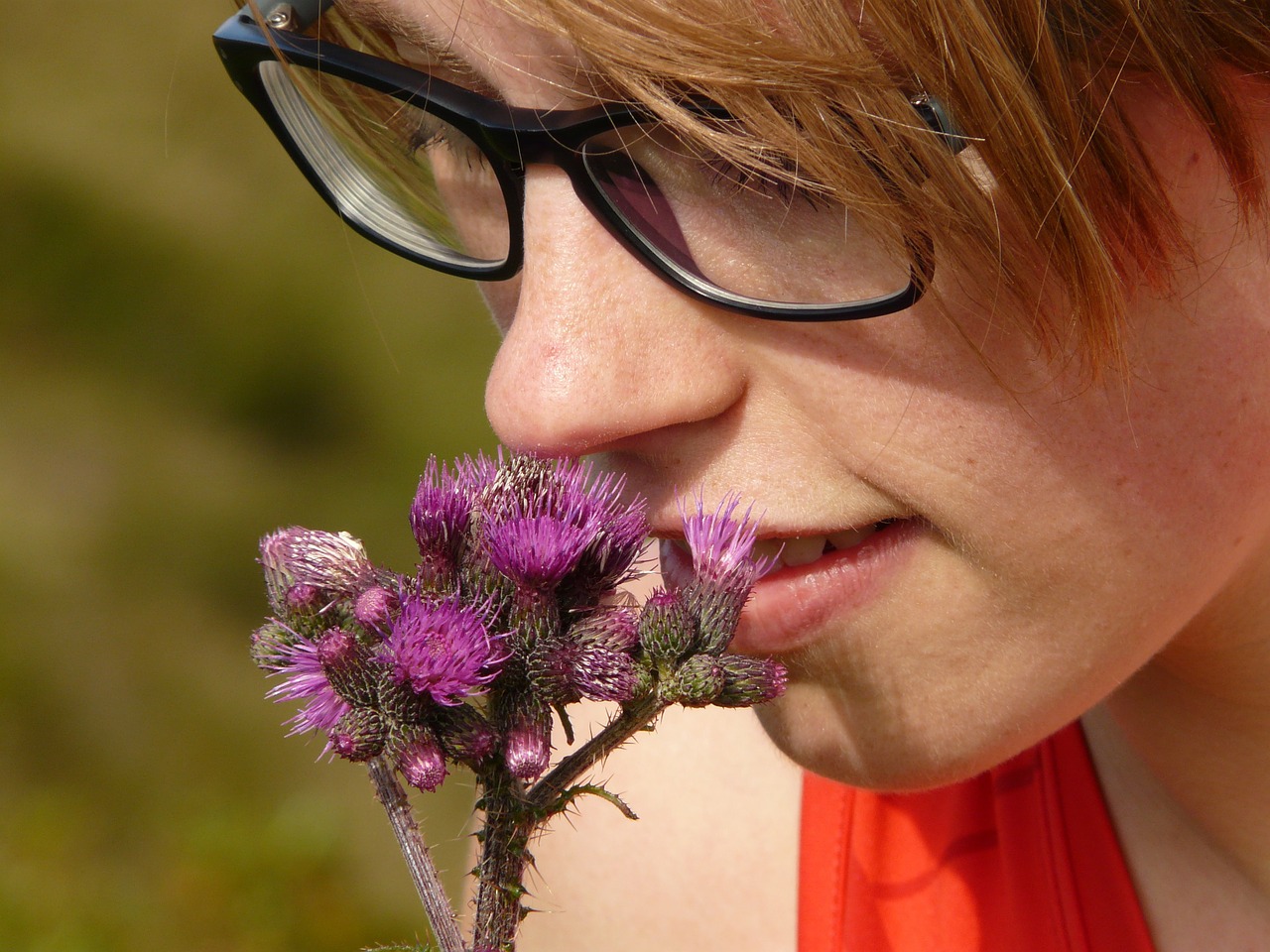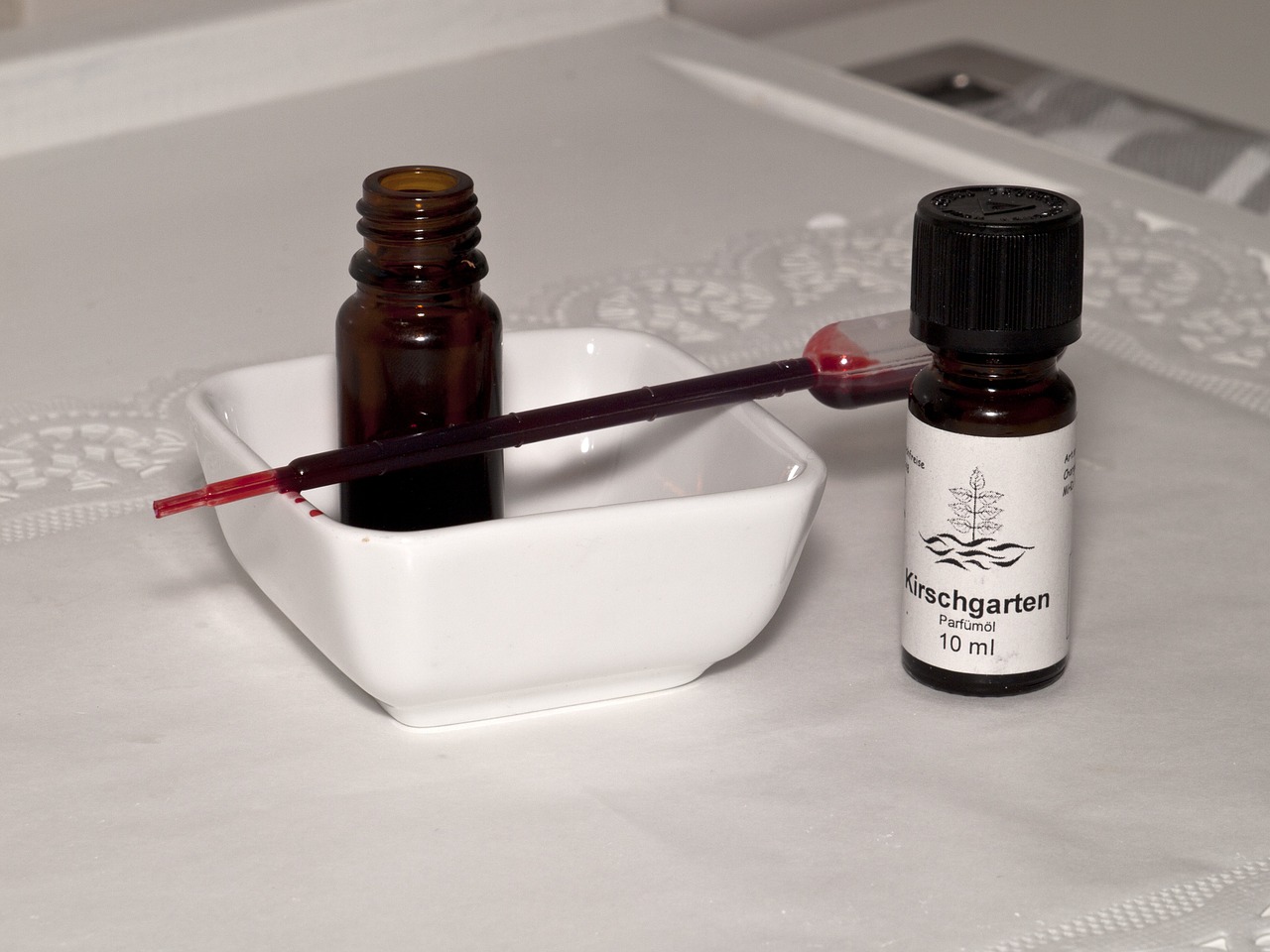
How To Create Simple Perfume Blends Using Aromatic Notes
Essential oils are produced for three primary purposes: flavorings, fragrances, and therapeutic applications. The vast majority of essential oils are actually produced for the first two, flavorings and fragrances, and have been used for these purposes for quite a long time.
Today I want to show you how you can take essential oils and blend them together to create simple perfume blends using their aromatic notes. This is an easy way for you to begin to dabble in the art of perfumery, to train your nose, and to create natural scents that can be worn as much or as little as you like. You’ll also find a DIY recipe for an uplifting liquid perfume as well!
The Sense of Smell

Our sense of smell is quite amazing. It is associated with our ability to taste, it can strengthen memories, it can affect one’s emotions, can attract or repel, and it can help us identify safe or dangerous substances. We know that some aromas mean we are inhaling a dangerous substance and we might become ill or damage our lungs with continued exposure, but there is mounting evidence that exposure to certain therapeutic substances and aromas can also improve our health.
How To Blend Essential Oils For Therapeutic Purposes Using “Notes”
There are several ways one can blend essential oils and aromas to achieve an effective therapeutic blend.
One blending technique, in particular, is used most when a perfume or special aroma is desired: blending by note. The notes are related to the volatility of an essential oil’s constituents, and they are blended in such a way as to produce a harmonious chord, just as one would combine notes in a musical score. The notes fall generally into three main categories: top, middle, and base. Some essential oils are definite top notes and some definite bottom notes, but the majority fall somewhere in the middle and are more of a top note or more of a base note as compared to other oils in the blend. Some essential oils may also have some combination of notes within the essential oil, making its aroma more complex.
Essential Oil Note Categories
Some fairly common examples of the three note categories are:
Top Notes: ( the first impression, evaporate quickly, emotionally uplifting)
- Citrus
- Basil (Ocimum basilicum ct. linalool)
- Clary sage (Salvia sclarea)
- Juniper (Juniperus communis)
- Lavender (Lavandula angustifolia)
- Neroli (Citrus aurantium var. amara)
Middle Notes: (also known as heart or bouquet notes)
- Cardamom (Elettaria cardamomum)
- Cinnamon bark (Cinnamomum zeylanicum)
- Clary Sage (Salvia sclarea)
- Geranium (Perlargonium roseum x asperum)
- Jasmine absolute (Jasminum grandiflorum)
- Rose otto (Rosa damascena)
- Rosemary (Rosmarinus officinalis)
Base Notes: (emotionally grounding)
- Frankincense (Boswellia spp.)
- Ginger (Zingiber officinale)
- Myrrh (Commiphora myrrha)
- Patchouli (Pogostemom cablin)
- Spikenard (Nardostachys jatamansi)
- Vanilla absolute (Vanilla planifolia)
- Vetiver (Chrysopogon zizanioides)
- Ylang Ylang (Cananga odorata)
5 Steps To Creating Simple Perfume Blends Using Aromatic Notes

When creating your personal perfume, or signature scent, you might want to consider if you have a therapeutic purpose for your perfume or if you simply wish to create an aroma you find pleasing and you will simply consider any therapeutic benefit as a bonus.
There are several different recommendations for how you would go about blending your perfume.
1. Blending According To Note
If you blend according to note, you will select no more than three to five oils total from the three note families.
Some recommend you blend your notes in a ratio of 1:1:1 (top: middle: base). Others recommend 3:2:1. Still others suggest ratios such as 4:2:1.
The point behind these latter two is that the top note will be the aroma you smell first, and that will disappear relatively quickly. The middle note will become clearer over time, and finally, the base note will be the final aroma.
Perfume aromas not only interact with your personal body chemistry but will change over time. The most important requirement, though, is that when all is said and done, you like the aromatic blend you have created.
2. Making The Fragrance Last Longer
Another important consideration with base notes is that there are several base note essential oils, such as myrrh, which are often used to fix or make the overall fragrance last longer. The use of a fixed vegetable oil, such as jojoba wax as a base, can also make the fragrance last longer.
3. Drop-By-Drop Blending
You might play around with note ratios to find the chord you like best, but drop-by-drop blending technique offers an excellent approach to creating a balanced perfume.
It is easiest to make this blend in a separate bottle, then use that “stock bottle” to make your spray, lotion, massage oil, roller ball, solid perfume, or whatever form you wish to use.
Keep a notebook handy to record each drop as you add it. It is easy to lose track of what you have done when blending.
How To Blend Drop-by-Drop
- Take your base note and put one drop in a bottle. Smell the aroma.
- Add a drop of middle note and swirl it around gently. Smell the aroma. Note if there is any change.
- Add one drop of a top note. Again swirl, smell, note any changes.
- Then go back and add a drop or two of each of your oils, according to what you feel your blend needs. After a couple of drops, you may notice your sense of smell becomes tired and confused. Smelling coffee beans can help clear your olfactory palate and allow you to continue.
- When you have a blend you like, cap the bottle and set it aside for a few days.
In perfumery, you want to let your new perfume sit for a day or two after blending. Often the aroma will change somewhat during this time. This is the hard part, but can be well worth it. Smell the bottle several times over the next few days to see how the aroma might change and if you still like it.
You might also want to put a drop on a cotton ball to see how the aroma changes over time when exposed to air. Sometimes smelling from the bottle will not give you a true sense of the blend’s aroma. When you are happy with the perfume, you can use this stock blend to make any of several perfume types.
4. Choosing An Oil Base
Jojoba wax is an excellent choice for an oily perfume base, as it is therapeutic for your skin, has a long shelf-life, and has no odor of its own. You could also consider using an infused oil for your base, in which case the aroma of that oil would need to be taken into consideration.
5. Dilutions
Because perfume is usually applied to a very small area of skin, if the essential oils used are skin-friendly and unlikely to cause any type of sensitivity reaction, a higher-than-usual concentration, such as 10%-50%, depending on the perfume type, is often used. Be sure always to test for sensitivity and consider any safety parameters for your particular oil selections.
If making a perfumed lotion or massage oil that will cover a larger area of skin, a lower concentration, such as 2%-3%, would be a better choice.
An Uplifting Liquid Perfume For You To Try
Emotionally Uplifting Orange Blossom Liquid Perfume
10 ml rollerball bottle
Vanilla-infused jojoba wax
1 drop Vitamin E
2 drops Ylang Ylang (Cananga odorata)
11 drops Sweet Orange (Citrus sinensis)
2 drops Melissa (Melissa officinalis)
5 drops Neroli/Petitgrain co-distill (Citrus aurantium var. amara)
5 drops Green Mandarin (Citrus reticulata)
use neroli-infused jojoba wax instead and leave out the neroli/petitgrain co-distill essential oil (optional)
Blend essential oils in rollerball bottle.
Fill remainder with vanilla-infused jojoba wax.
Shake gently to mix. Apply to pulse points.
Have you created your own unique perfume blends before? How did it go for you? What is your favorite essential oil combinations?
REFERENCES:
Edwards, V. H. (1999). The Aromatherapy Companion. Pownal, VT: Storey Books.
Rhind, J. (n.d.). Listening To Scent: An Olfactory Journey with Aromatic Plants and their Extracts.
Rose, J. (1992). The Aromatherapy Book. Berkeley, CA: North Atlantic Books.
Wilson, R. (2002). Aromatherapy: Essential Oils For Vibrant Health And Beauty. New York: Avery.








